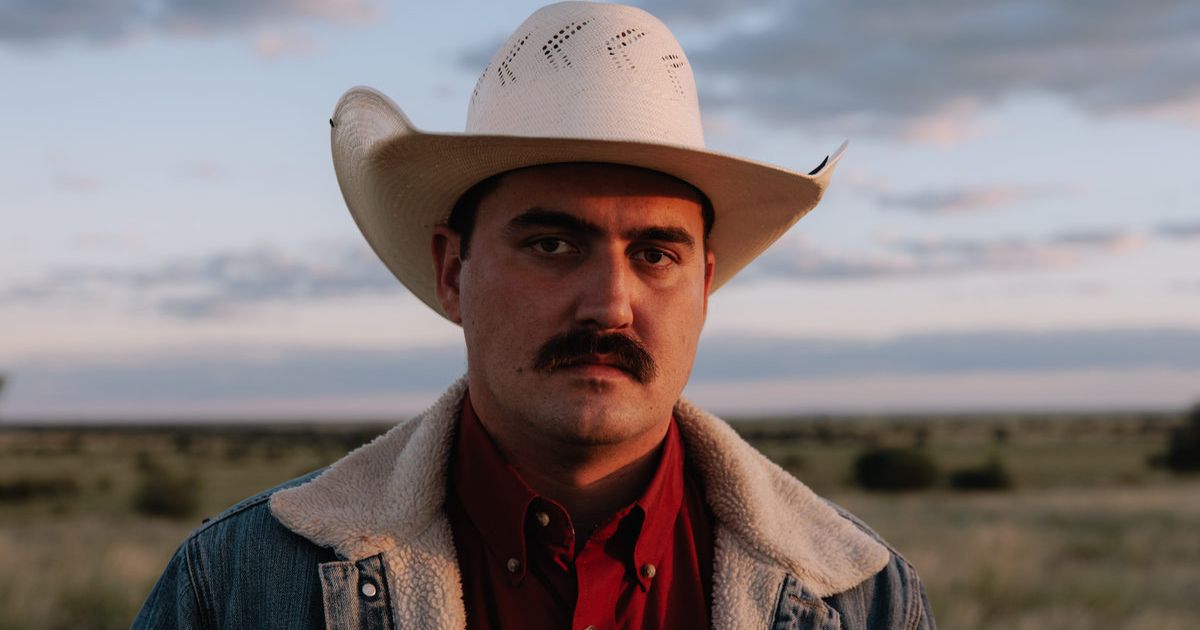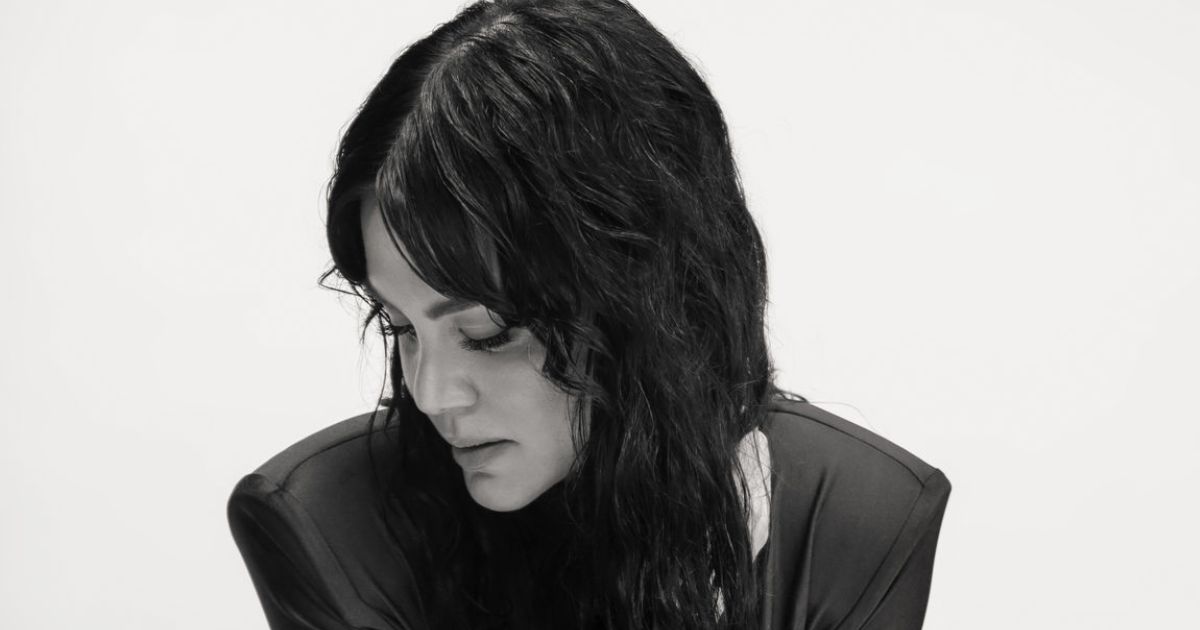The journey of the black-headed snake

Five proud Arrernte women stand together, three times removed from their birth mothers; they are part of the Stolen Generation. Margie, her daughters Kath and Susan, and granddaughters Tegan and Bri. Photos: MICHAEL CHAMBERS
During an interview on Sydney radio, Prime Minister Scott Morrison said of our country’s history: “It was a pretty brutal place, but there was no slavery in Australia”.
A few days later on a cold afternoon in June, Kath Apma Travis Penangke sits at her dining table in St Leonards.
She’s joined by her mother Margie, sister Susan, daughter Tegan and niece Bri – one family under the same roof but that hasn’t always been the case. They represent three generations of Arrernte women taken from their birth mothers.
Living with the scars of the stolen generation and Australia’s true history, often unknown, forgotten or ignored – even by Mr Morrison.
They’ve come together for a ceremony to celebrate and commemorate.
As they paint their faces with ochre bought back from Alice Springs, they light a candle to mark the anniversary of Minnie’s abduction, Margie’s mother, taken from the same land 100 years ago.
The kidnapping was the catalyst to intergenerational trauma that would see Minnie’s children taken at birth and institutionalised, and three out of four of Margie’s children (including Kath and Susan) removed and adopted out.
The women stand far from the heat and red dirt of their sovereign country, to celebrate the achievements of Kath in retelling their story, in her self-published family her-storical biography: Minnie, Mum and Me: The Black Headed Snake.
And now in the wake of Black Lives Matter, they’re imploring Australians to “take the journey”, one of education, awareness and understanding of our First People.
“It’s 100 years ago that Minnie was abducted and enslaved. Our story is something worthy of talking about because there isn’t a day that goes by we don’t find telling the story difficult, that we don’t get affected by the Prime Minister and his ridiculous comments.
“He should talk to a family who had someone enslaved and say slavery in Australia never existed.”
Kath had been formally researching her family story for five years when she decided a book – as part of her Bachelor of Arts (honours) degree – was the best way to capture it.
“Our story is found in archives across three states and two territories. This book gives voice to Minnie, my mum Margie and me where our voices have not been heard before.”
In 1920, 11-year-old Minnie was abducted by renowned anthropologist, geologist, explorer and medical practitioner Dr Herbert Basedow and his wife, Nell.
She was a “full-blood” Arrernte girl and daughter to Rullta and Charley Apma.
Tjikana, a 12-year-old Loritja girl, was also removed by the Basedow’s from Ntaria (the Hermannsburg Mission) to keep Minnie company and taken back to Adelaide.
Their fate was documented in German missionary Frieda Strehlow’s 1920 diary: “They want to take the two girls with them to the south, female servants are too dear: 30 shillings a week”.
“It explores how Minnie’s abduction was targeted at our family to ensure that cultural and ceremonial family obligations and Arrernte lore would cease,” Kath said.
Among the documentation and photographs Kath found was a heart-breaking telegram from her great-grandfather asking for Minnie’s return.
“I remember when I first read this and cried. I was so proud that my great-grandfather had demanded his girl be returned to him.”
Charley would never be reunited with Minnie, and although he was left without an heir, continued to carry on the Arrernte traditions, unsure of the fate of Apma’s sacred objects.
In July 2014, Kath and her son Jordy discovered the objects which had been passed down from father to son, in an unbroken line since time began, were safe and waiting for Apma’s male descendants (Kath’s brother, sons and nephews) at the Strehlow Research Centre in Alice Springs.
It was finding her own sisters, and birth mother at 19, and eventually reuniting with her younger brother, that allowed Kath to answer some of her lifelong questions.
“All anyone really wants is to know where they belong, or as we like to say ‘Who’s ya mob’.”

As they stand shoulder to shoulder, Susan and Kath take Margie’s hand.
They tell her if it’s okay with her they’d no longer like to call her Margie. Instead, after all these years, they’d like to call her ‘Meye’, which means mother.
Margie looks at her girls and says “Good” and as they stand by the fire together, they’re a family; three generations of women affected by race-based government policies, placed into institutions or adopted to non-Aboriginal families.
Their story highlights strength, resilience and the importance of reconnection to family, identity, land, language and culture for Australia’s First Peoples.
“I survived all what’s happened with our family and there’s one big thing I’ll say, I hold my head up high for who I am as an Indigenous woman of the country,” Margie said.
For Kath, it’s time to debunk a system designed for First Nations People to fail and for reconciliation and the process for a treaty to be about more than just “ticking a box”.
“Black lives matter when two girls get taken in 1920. Black lives matter when we have the highest number of Aboriginal women incarcerated in our prisons in Victoria.
“Black lives matter when our kids get taken away still, it’s really frustrating and I’ve spent many years being angry. I think it’s time we take a journey together respectfully and speak up when you hear something that’s not right.
“Looking at our intergenerational trauma was a form of healing for me. I think if more First Nations people were able to do that, there would be greater healing.
“It’s about improving the pathways and opportunities for our First Peoples and changing the system.”

















